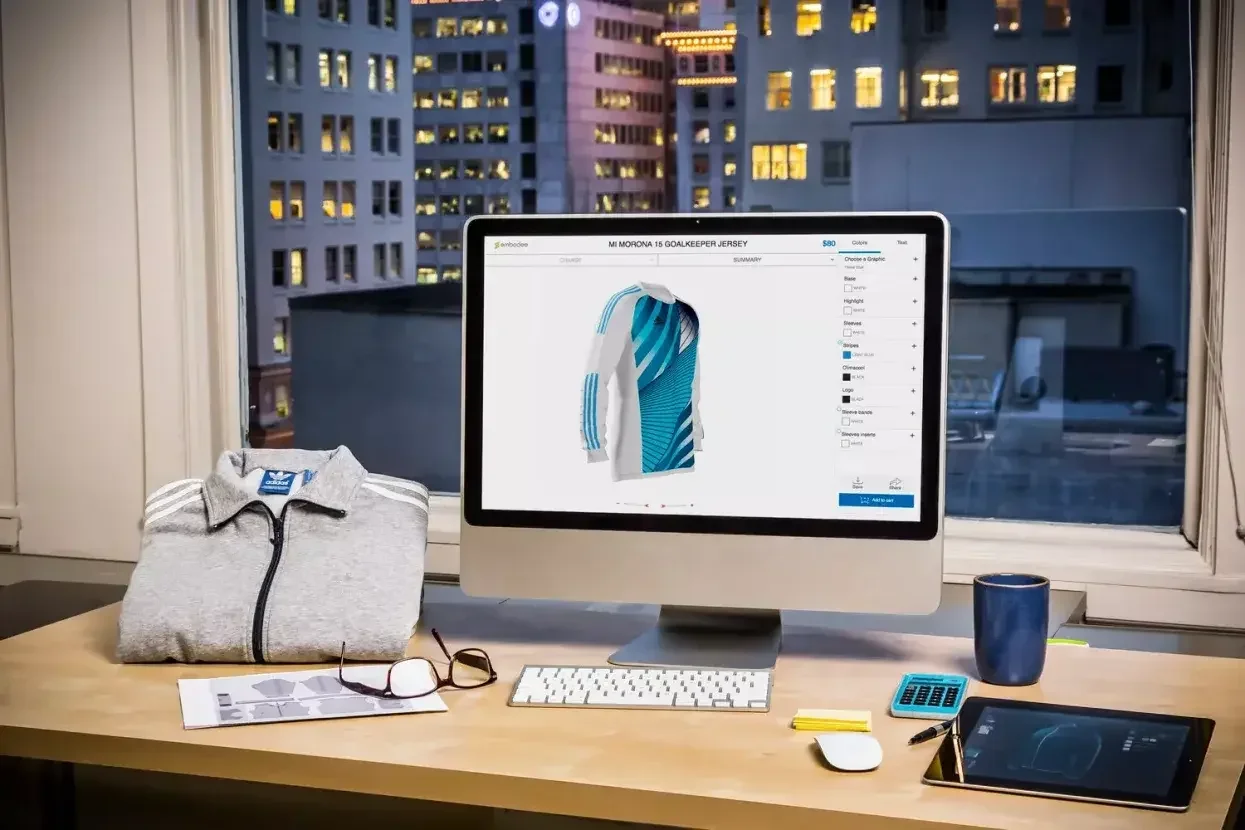Garment Printing
Textile Printing
How Covid-19 will accelerate the digitization of the supply chain
Author
FESPA Staff
Published Date
07/09/2020
Become a FESPA Member
to Continue Reading
